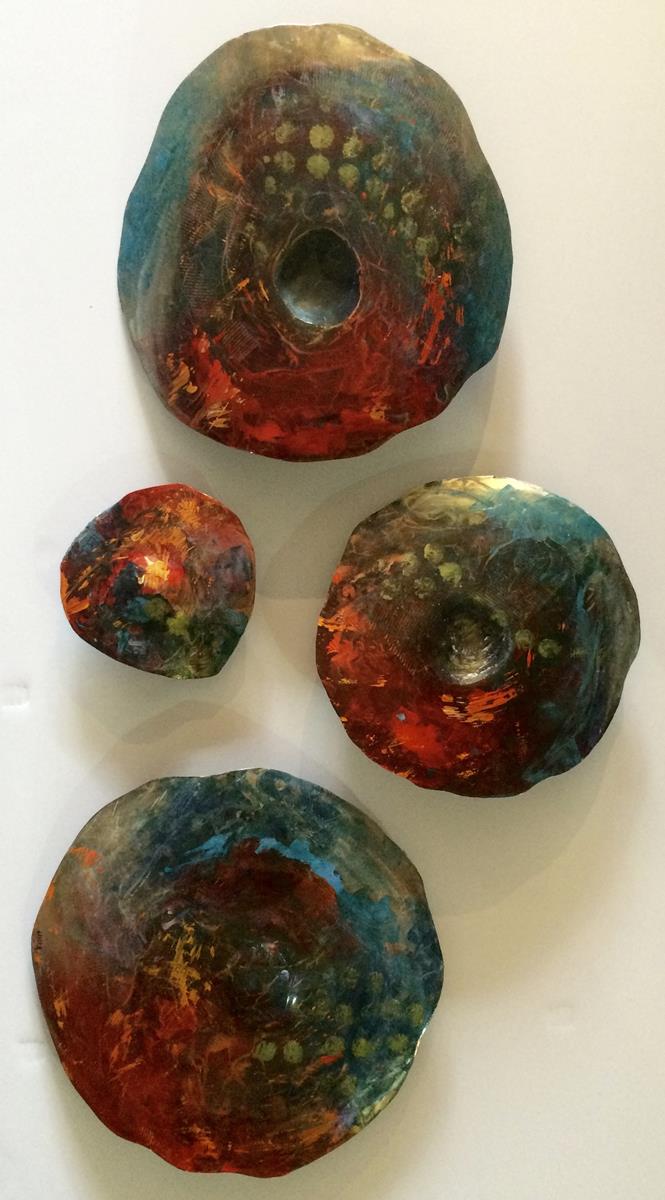


The types of art sculptures we are familiar with are also 2D and 3D objects. They do not have any volume due to their restricting shape. These figures do not have any volume, unlike 3D figures. Since two-dimensional figures can exist on a flat surface, they are also called plane figures or plane shapes. A 2D figure has only length and width in the x-axis and y-axis respectively. A 2D or a two-dimensional structure is an object existing in two dimensions to define its structure, that is, it exists in two planes or axes, x-axis, and y-axis, to deter its shape. Common examples of 3D structures can be a cube, cuboid, prism, pyramid, and cylinder. Unlike two-dimensional structures, they do not appear flat or plane. A 3D-shaped object consists of length, breadth, and height. They are plane figures or flat shapes because their dimension is limited to two-dimensional structure, not extending to height. What is the difference between 2D and 3D?ĢD-shaped objects are made up of length and breadth, visible to our eyes. Let’s break down exactly what these terms mean in terms of art sculpture. It means that the object is either existing in two dimensions (length and breadth) or three dimensions (length, breadth, and height). However, when we explain the appearance or existence of a certain object in space, we use terms like two-dimensional or three-dimensional to describe its structure. What is the difference between two-dimensional and three-dimensional art? You’re probably thinking that the obvious answer is that one is 2D and the other is 3D.


 0 kommentar(er)
0 kommentar(er)
